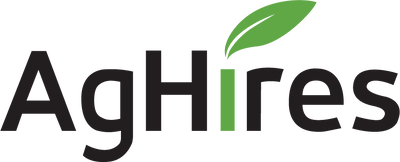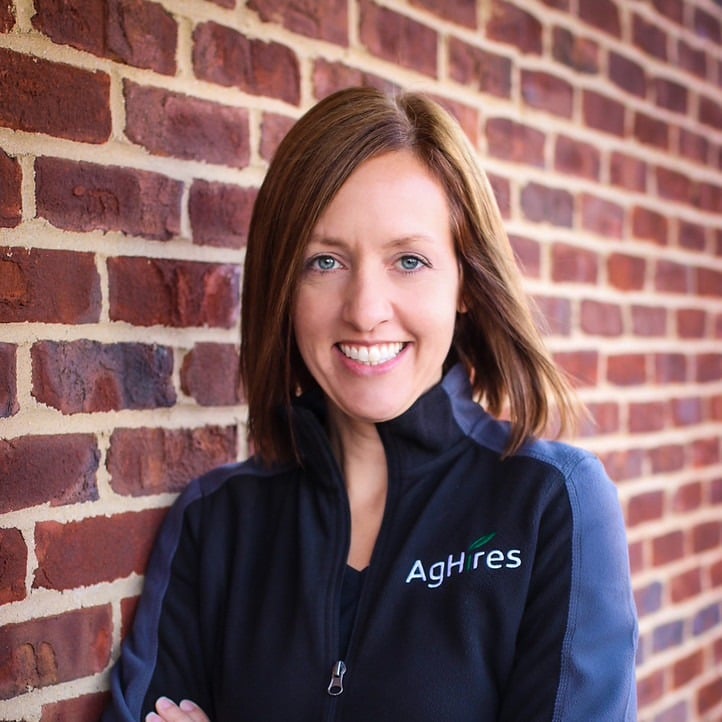.jpg)
When the words “employee training” are mentioned most farm managers typically do one of three actions; laugh out loud, shake their heads in disgust or look highly confused. There’s a misperception when it comes to training, which is nothing more than sharing knowledge and teaching your employees their role so they can perform their best. It’s often looked at as a daunting task with an unknown reward for the farm, but it doesn’t have to be complicated to be highly effective.
With the pool of employees in agriculture shrinking quickly, especially as the boomers are retiring, hiring outside of our industry or more junior employees is going to be the name of the game. The farms capable of bringing new hires up to speed quickly are the ones that will remain competitive in the industry. We all want our next hire to walk through the door with a background full of farming. The question remains, even if that individual does come walking through the door, are they the right person for the job? The resume may look strong, but are they calcified in their ways? What’s their work ethic like? I’ve heard too many farms get roped into hiring someone with experience even though they observed some personality flaws in their initial discussions.
Sometimes our best long-term hire doesn’t have the perfect background. An all-star farm employee can easily come from a smart individual with drive and basic skills. There’s a reason my husband with a military/construction background leads the tomato and grain operations on the family operation, it’s not because he came with farming. He came with strong mechanical knowledge, the ability to lead others, a strong work ethic, and a personality fit.
Training Can Be Simple
Teaching employees about the farm, equipment, and processes doesn’t have to be a drawn-out, classroom-style training. Simply start with a basic document and build a list of items you want to cover with your new hire. On our farm, we originally started with two documents; one listed everything we wanted to share about the organization and the other was a list of items to teach about the specific role on the farm.
Create an “about us” page to document what you would like to share about the company, such as history, structure, family members, landlords, scope/size of the farm, preferred communication style, company culture, key employees, and their backgrounds, etc. You can slowly add to the about us page over time and in the future expand to add work rules and job expectations.
For a particular role such as Farm Operator, start a list of all the tasks and knowledge that has to be shared. It should include everything from preventative maintenance, to what to watch for in the field, problems that have risen in the past, what data needs to be tracked, etc. Include the new hire in the process of expanding on your original list. They could keep track of everything they learned in their first several months. With modern technology, they could use their smartphone to add in-the-moment ideas. Not only is that a great way to start your first “training” doc, but you have also now engaged your new employee in an important task that allows them to contribute to the farm on a deeper level.
Benefits to Training
There’s an extra benefit to outlining job roles and the company, it can be used as a guide for determining future hires. I encourage my clients to take a hard look at who fits within their organization. In my organization, there are core attributes each of us share that are critical for our success. If someone doesn’t have them or has certain attributes we have defined as not a fit, they don’t get hired. At AgHires, we have a farm in Minnesota that looks for out-of-the-box thinkers and culturally he said they are pretty clean talkers, family-focused individuals with an all-hands-on-deck mentality. Someone that is too rigid in their thought process or prefers their tasks to be mapped out wouldn’t fit. What are those core attributes your employees need to come with to be successful at your operation?
Besides the benefit of “molding” your new hire into how you prefer work to be done, you might discover you want to make changes to your practices. When working side-by-side with someone teaching them, you start to see these tasks in a different light, which might spark some changes. For example, you might be informing them at the end of the day you would like to know the number of acres they finished and in that discussion, you end up coming up with a daily harvesting goal or a process for texting the number of acres to multiple people in the operation so everyone is on the same page. The mere walking through training spurs all sorts of questions from you and the employee on the “why do we do it this way?” and it just may result in better future practices.
Training doesn’t have to be a daunting task. Taking the time and putting a little effort into the process can help you find that star employee you need. Maybe they don’t have an agriculture background, but they have the skills to bring your organization to the next level.
Written by: Lori Culler, AgHires Founder/Owner
See more from the AG’s HR Coach here.





